Name Cora Sandel | Role Writer | |
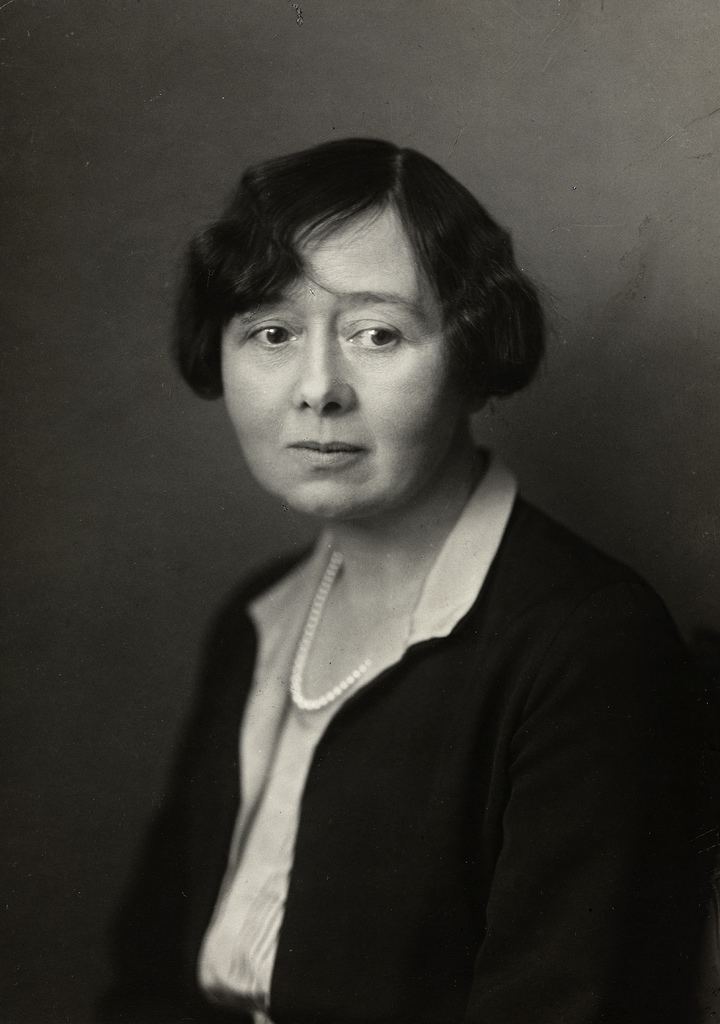 | ||
Books Alberta & Jacob, Alberta & Freedom, Alberta alone, The Silken Thread, Cora Sandel: Selected | ||
Cora Sandel 1880-1974 Perspektivet Museum Tromsø Norway
Cora Sandel (20 December 1880, Oslo — 3 April 1974, Uppsala) was the pen name of Sara Cecilia Gorvell Fabricius, a Norwegian writer and painter who lived most of her adult life abroad. Her most famous works are the novels now known as the Alberta Trilogy.
Contents
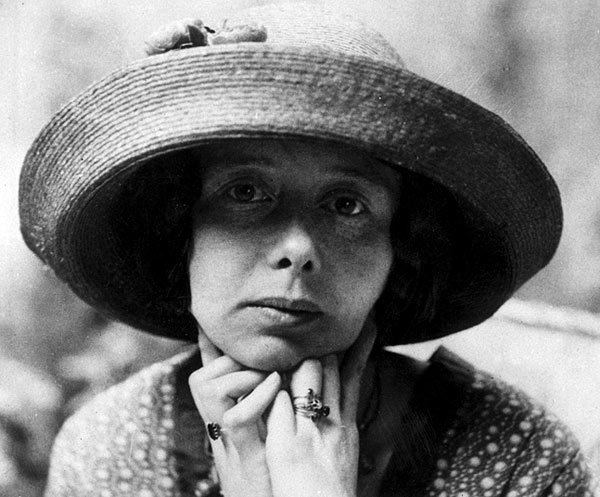
Biography
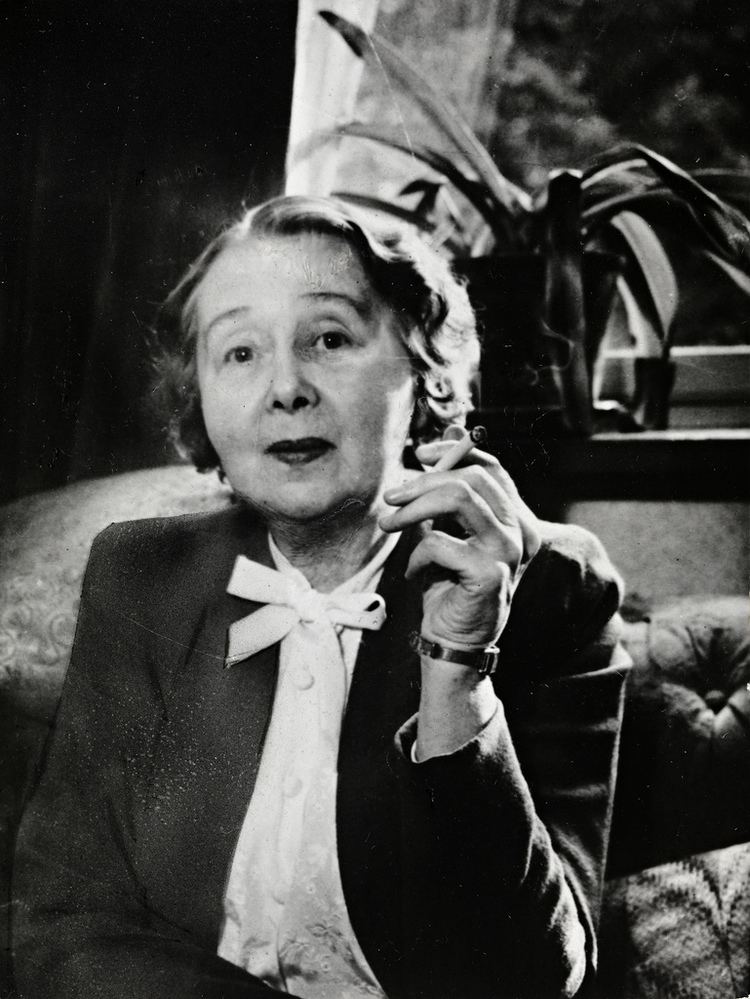
Sara Cecilia Gorvell Fabricius was born in Kristiania (now Oslo). Her parents were Jens Schow Fabricius (1839–1910) and Anna Margareta Greger (1858–1903). When she was 12 years old, financial difficulties forced her family to move to Tromso where her father was appointed a naval commander. She started painting under the tutelage of Harriet Backer, and at 25 years of age moved to Paris to paint. In 1913, she married the Swedish sculptor Anders Jonsson (1883–1965). In 1921, they returned to Sweden. The couple separated in 1922. Their divorce was finalized in 1926, the same year "Albert and Jacob" published.
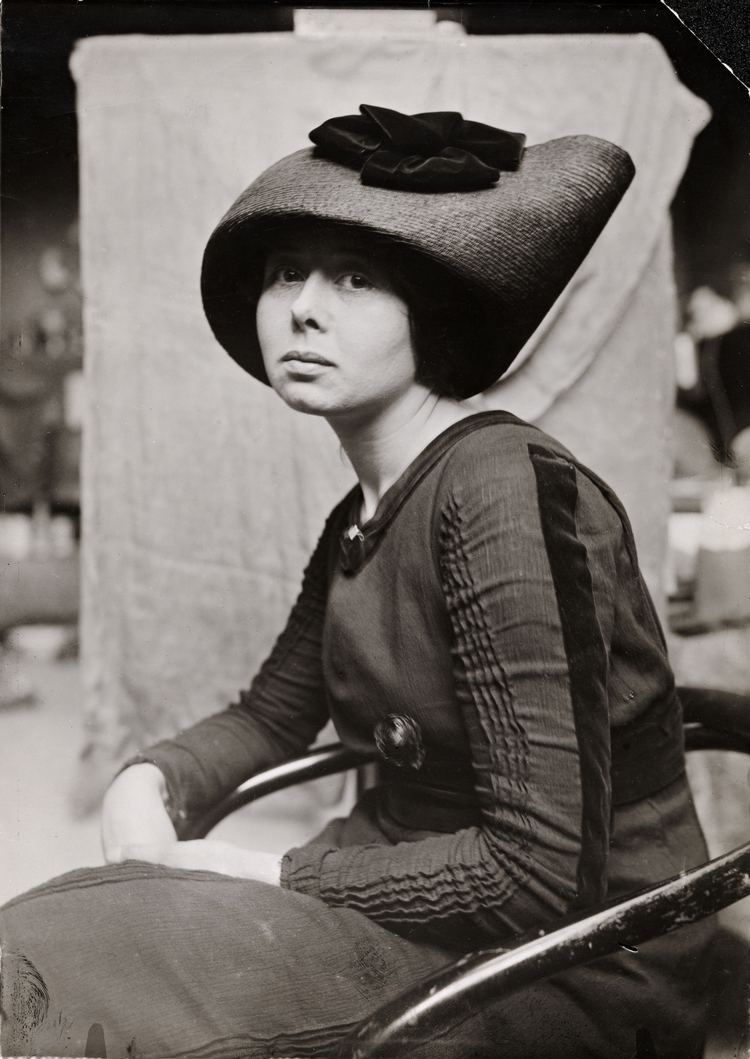
During her years in Paris, Sandel helped support the family with short stories and sketches published in Norway. However, her first novel and first tome in the trilogy, Alberte and Jakob, was not published until 1926 when Sandel was 46 years of age. This began the semi-autobiographical Alberta trilogy. Sandel used many elements from her own life and experiences in her stories, which often centre on the spiritual and societal struggles women marginalized by the strict confines of 19th century society.
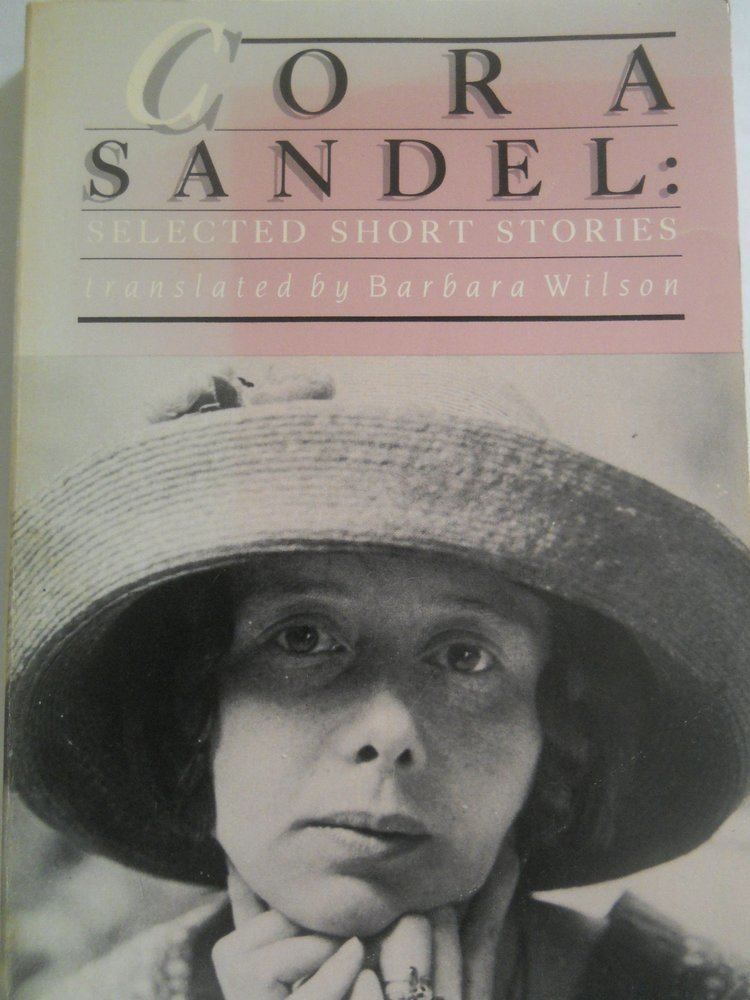
The Alberta trilogy traced the protaginist's emotional development juxtaposed with the men in her social circle: as a child, her brother Jacob, and lovers and fellow artists as a young woman in Paris. These novels earned her an immediate place in the Scandinavian canon, but it was not until the 1960s that Sandel, then living quietly in Sweden, was discovered by the English-speaking world.
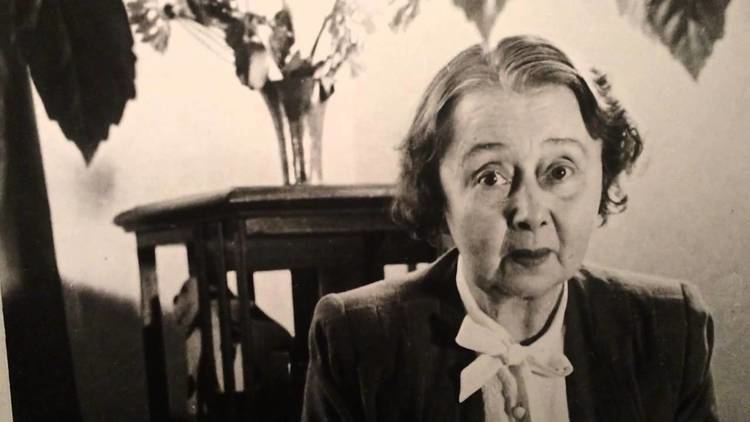
Despite her great literary success, she remained hidden behind her pseudonym and lived a rather secluded life. She was decorated with the Royal Norwegian Order of St. Olav in 1957. Her home in Tromso, built in 1838, now houses the Perspektivet Museum [1].
